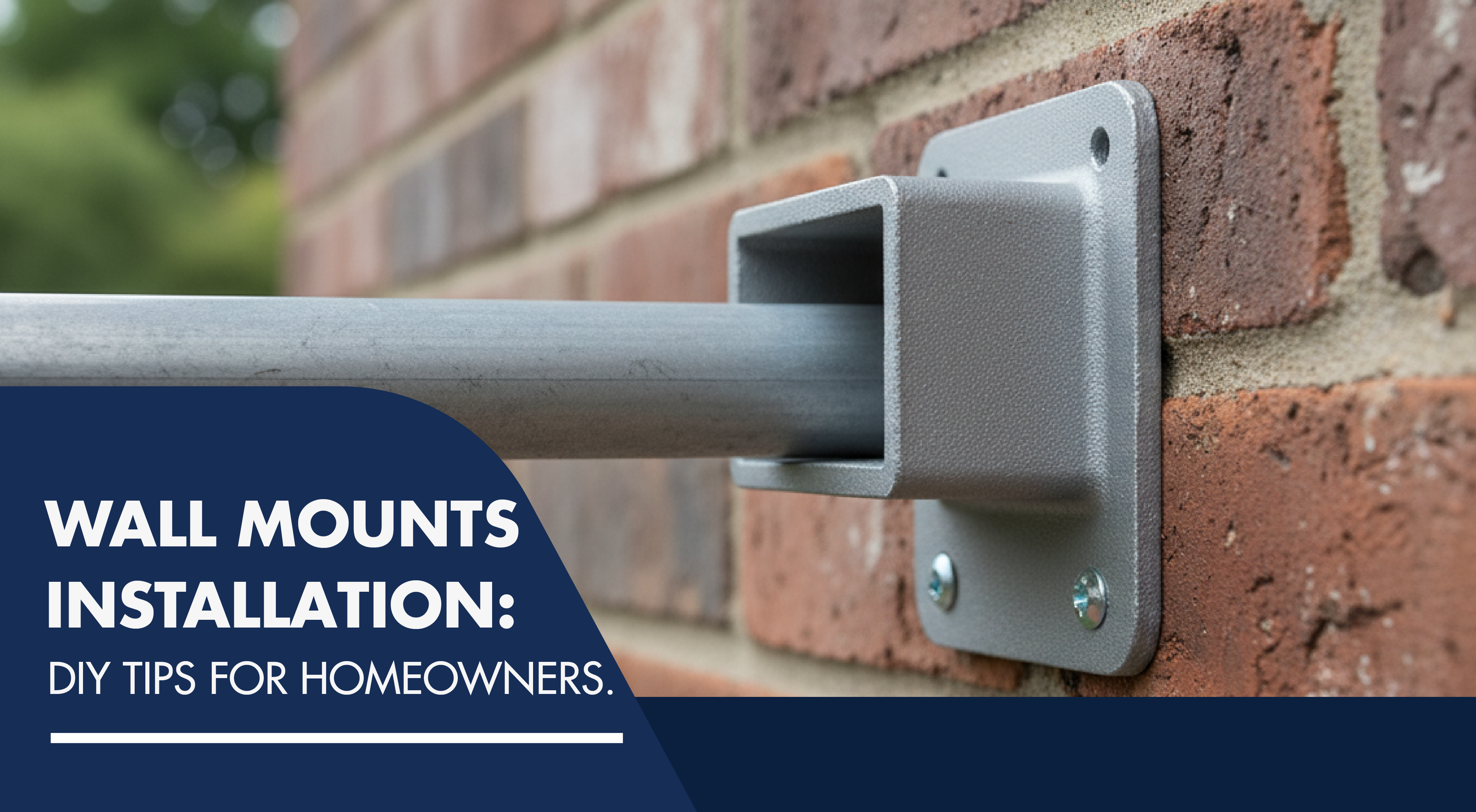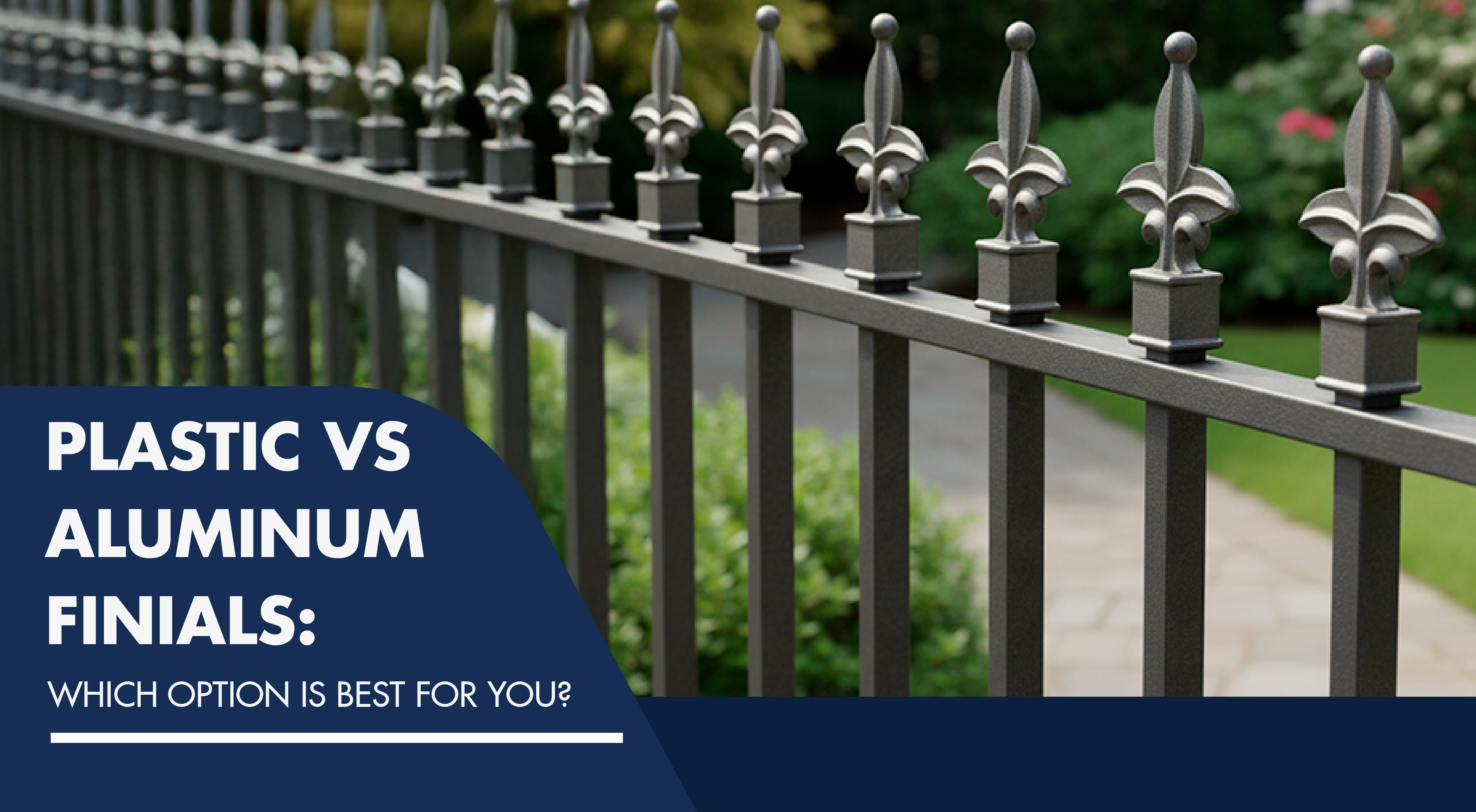When it comes to creating the perfect fence for your home, it’s not just about picking the right design or color. Understanding fencing regulations is crucial to ensure your project is safe, legal, and built to last. Whether you’re looking to enhance your property’s privacy, boost its curb appeal, or keep your loved ones and pets secure, knowing the rules of the game is the first step. And hey, if you’re in need of top-notch fencing hardware to bring your vision to life, Fittings Plus has got you covered with durable, stylish, and easy-to-install options.
But let’s face it—navigating fencing regulations can feel like trying to solve a puzzle. Don’t worry, though. We’re here to break it all down for you in a way that’s easy to understand and even easier to act on. So, grab a cup of coffee, sit back, and let’s dive into everything you need to know about fencing regulations and how to make your project a success.

Why fencing regulations matter more than you think
You might be wondering, “Why should I care about fencing regulations? Can’t I just build what I want?” Well, not exactly. These rules exist for a reason—they ensure safety, maintain neighborhood aesthetics, and prevent disputes between neighbors. Ignoring them could lead to fines, legal headaches, or even having to tear down your beautiful new fence.
Here’s the good news: once you understand the basics, you’ll see that fencing regulations aren’t there to make your life harder. They’re there to help you build a fence that’s not only functional but also adds value to your home.Key fencing regulations every homeowner should know
1. Height restrictions: how tall can you go?
One of the most common fencing regulations revolves around height. Most areas have specific limits on how tall your fence can be, especially in front yards. For example, in many neighborhoods, front yard fences can’t exceed 4 feet (1.22 m), while backyard fences can go up to 6 or 8 feet (2.44 m).
Why does this matter? Taller fences can block visibility for drivers or create a fortress-like feel that might not sit well with your neighbors. Always check your local zoning laws before deciding on the height of your fence.2. Material matters: what’s allowed?
Not all fencing materials are created equal—at least not in the eyes of local regulations. Some areas have restrictions on materials like chain link, wood, or even vinyl. For instance, historic neighborhoods might require wooden fences to maintain a certain aesthetic.
At Fittings Plus, we offer a wide range of fencing hardware that complements any material, ensuring your fence is both compliant and stunning.
You can also read: How to Install a Fence
3. Location, location, location
Where you place your fence is just as important as how you build it. Most fencing regulations require fences to be set back a certain distance from sidewalks, streets, or property lines. This ensures that your fence doesn’t encroach on public spaces or your neighbor’s yard.
Pro tip: Before you start digging, call your local utility company to mark any underground lines. It’s a small step that can save you from big headaches later.4. Permits: the golden ticket
Yes, you might need a permit to build a fence. While it might sound like a hassle, getting a permit ensures that your project meets all local fencing regulations. The process usually involves submitting a plan, paying a fee, and waiting for approval.
Think of it as your golden ticket to a stress-free fencing project. Plus, it’s a great way to avoid any surprises down the road.5. Safety first: fencing safety standards
When it comes to fencing safety, regulations often focus on things like sharp edges, spacing between pickets, and the stability of the structure. For example, if you have small children or pets, you’ll want to ensure there are no gaps where they could get stuck or injured.
At Fittings Plus, we prioritize fencing safety by offering hardware that’s not only durable but also designed with your family’s well-being in mind.How to stay on the right side of the law
 Navigating fencing regulations doesn’t have to be overwhelming. Here’s a simple checklist to keep you on track:
Navigating fencing regulations doesn’t have to be overwhelming. Here’s a simple checklist to keep you on track:
Why choose fittings plus for your fencing needs?
At Fittings Plus, we’re more than just a supplier—we’re your partner in creating a fence that’s as unique as your home. Our fencing hardware is designed to meet the highest standards of quality and durability, ensuring your fence stands the test of time.
Whether you’re tackling a DIY project or working with a professional, our products make installation a breeze. Plus, with a wide range of styles and finishes, you’re sure to find something that matches your vision.Wrapping it up: your fence, your rules (within reason)
Building a fence is more than just a home improvement project—it’s a way to create a space that reflects your personality and meets your needs. By understanding fencing regulations, you’re not just following the rules; you’re setting yourself up for success.
So, what are you waiting for? Start planning your dream fence today, and don’t forget to check out Fittings Plus for all your fencing hardware needs. Because when it comes to creating a boundary that’s both beautiful and functional, you deserve nothing but the best.





